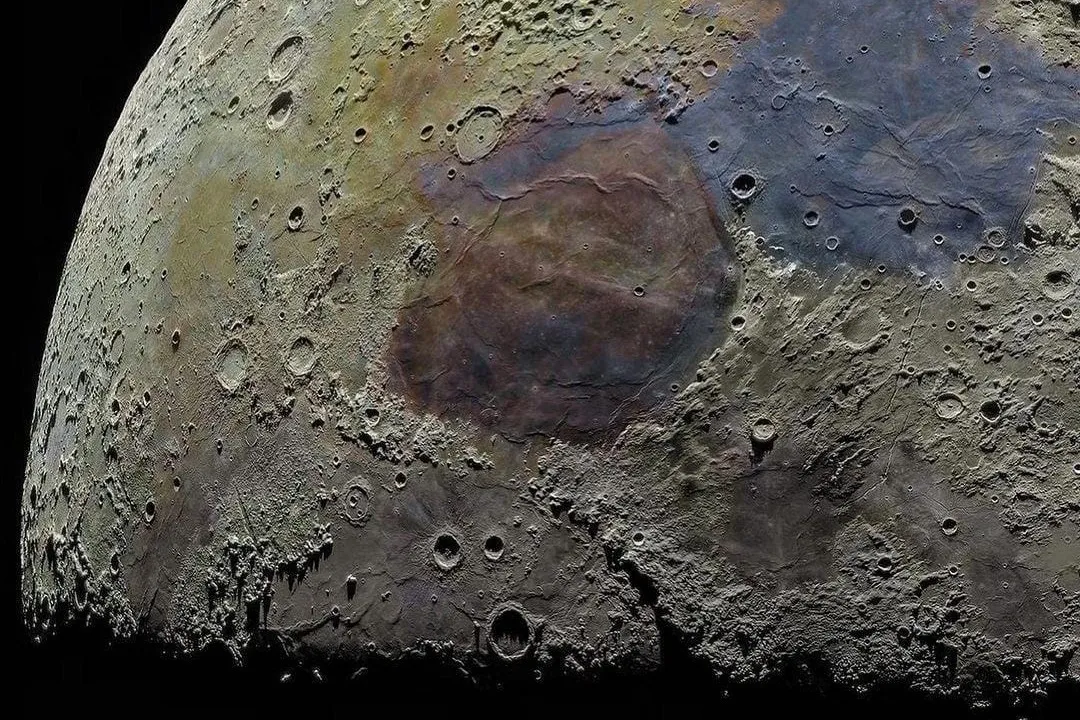While flood waters have submerged portions of California, there is a floodtide of nonsense articles purporting that extreme weather is the cause for the hardships from the current heavy rains. A significant share of the damage to roads, townships, and local businesses is the bursting of levees, and the inadequacy of flood protection systems, long known to need much greater funding.
Large atmospheric rivers are causing considerable rainfall in California right now. But there are many past episodes of record. In January 1995, the California coast flooded more than 70% of the state’s counties, and in March 1995, fully 57 out of California’s 58 counties flooded and were declared federal disaster areas. The roads in many areas turned to rivers, bridges collapsed, and city-centers flooded, including that of San Jose. This was caused by an El Niño phase. In the famous flood of 1861-62, which extended across Oregon, Nevada and California, 10 feet of water were dumped on California, in rain or snow, over the continuous precipitation for 43 days. Some 4,000 people died in California, 1% of the state’s population. No man-made “extreme weather” here.
California is a land that can experience alternating periods of months of dry weather, sometimes drought, extended over a year or two, followed by bouts of rain. But man is an infrastructure-building species; we can handle drought and rain.
On Jan. 4, nearly a dozen earthen embankments along the Cosumnes River near Sacramento had been breached, and 3 people were found dead inside or next to submerged vehicles, the Jan. 5 Los Angeles Times reported. One such problem, reclamation officials in Wilton reported, has produced a gaping hole the size of a football field in one levee, and it will cost $1.5 million to fill it, the Jan. 5 Sacramento Bee disclosed.
The state of California has identified areas along the large Sacramento-San Joaquin River Delta where levee failures can occur.
California has more than 20,000 miles of levees and channels and more than 1,500 dams and reservoirs according to a 2017 report from the California Legislative Analyst’s Office. Some are earthen, some are reinforced, others not. Most of these levees are maintained and operated by local governments. Other levees are part of a state system and are built to higher standards. (several are owned and operated by private landowners). In many areas, the levee system is aged, and perilously close to failing.
California’s state government has spent an average of $70 million per year during the last decade on flood control operations and maintenance. But the Central Valley Flood Protection Plan says much more is needed—up to $288 million. Thus, up to now, only one-quarter of what is needed for flood protection is spent, and were new flood protection systems to be built, the cost would exceed half a billion dollars per year.
This infrastructure is where California and the nation should concentrate its efforts, if it wants to save lives, keep roads functioning, protect homes, schools, and businesses. Leave the omnipresent extreme weather/climate change stories to be viewed by future generations, as they should be, as perverse fairytales.




